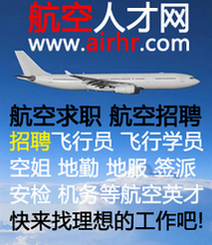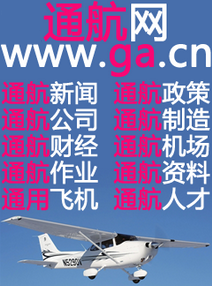To view this page ensure that Adobe Flash Player version
9.0.124 or greater is installed.
BLADE FLAP—The ability of the rotor blade to move in a vertical direction. Blades may flap independently or in unison.
BLADE GRIP—The part of the hub assembly to which the rotor blades are attached, sometimes referred to as blade forks.
BLADE LEAD OR LAG—The fore and aft movement of the blade in the plane of rotation. It is sometimes called hunting or dragging.
BLADE LOADING—The load imposed on rotor blades, determined by dividing the total weight of the helicopter by the combined area of all the rotor blades.
BLADE ROOT—The part of the blade that attaches to the blade grip.
BLADE SPAN—The length of a blade from its tip to its root.
BLADE STALL—The condition of the rotor blade when it is operating at an angle of attack greater than the maximum angle of lift.
BLADE TIP—The further most part of the blade from the hub of the rotor.
BLADE TRACK—The relationship of the blade tips in the plane of rotation. Blades that are in track will move through the same plane of rotation.
BLADE TRACKING—The mechanical procedure used to bring the blades of the rotor into a satisfactory relationship with each other under dynamic conditions so that all blades rotate on a common plane.
BLADE TWIST—The variation in the angle of incidence of a blade between the root and the tip.
BLOWBACK—The tendency of the rotor disc to tilt aft in forward flight as a result of flapping.
BUNTOVER—The tendency of a gyroplane to pitch forward when rotor force is removed.
CALIBRATED AIRSPEED (CAS)
—Indicated airspeed of an aircraft, corrected for installation and instrumentation errors.
CENTER OF GRAVITY—The theoretical point where the entire weight of the helicopter is considered to be concentrated.
CENTER OF PRESSURE—The point where the resultant of all the aerodynamic forces acting on an airfoil intersects the chord.
CENTRIFUGAL FORCE—The apparent force that an object moving along a circular path exerts on the body constraining the object and that acts outwardly away from the center of rotation.
CENTRIPETAL FORCE—The force that attracts a body toward its axis of rotation. It is opposite centrifugal force.
CHIP DETECTOR—A warning device that alerts you to any abnormal wear in a transmission or engine. It consists of a magnetic plug located within the transmission. The magnet attracts any metal particles that have come loose from the bearings or other transmission parts. Most chip detectors have warning lights located on the instrument panel that illuminate when metal particles are picked up.
CHORD—An imaginary straight line between the leading and trailing edges of an airfoil section.
CHORDWISE AXIS—A term used in reference to semirigid rotors describing the flapping or teetering axis of the rotor.
COAXIL ROTOR—A rotor system utilizing two rotors turning in opposite directions on the same centerline. This system is used to eliminated the need for a tail rotor.


